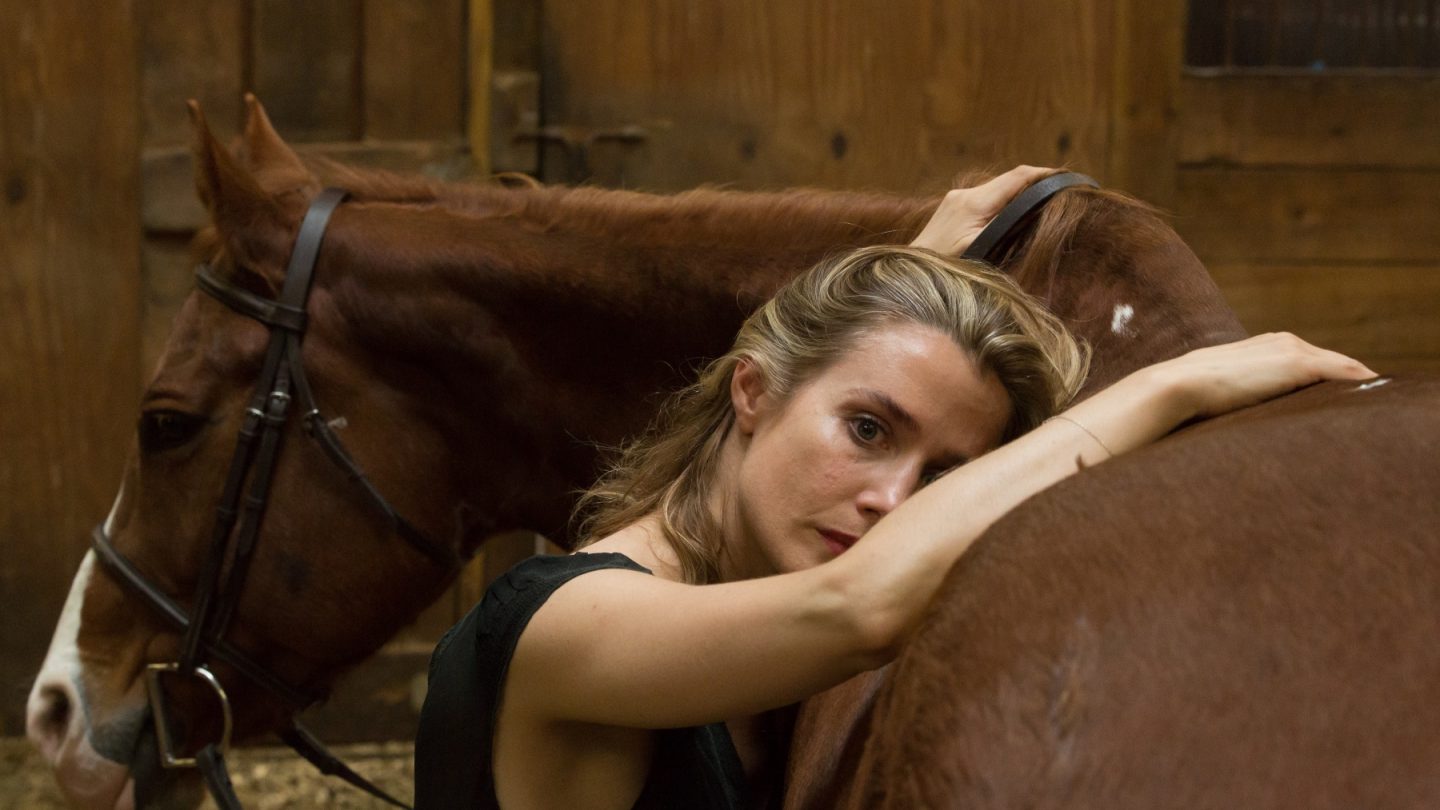What a night we are in for on Friday as all the elements come together for a visceral night’s “entertainment” at the MAC in Belfast.
Let’s look at the ingredients.
First of all you have one of the greatest poems ever written in Irish, Caoineadh Airt Uí Laoghaire, translated into English by Pulitzer-prize winning poet Paul Muldoon from the Moy in County Tyrone.
Then you have the stunning actress Lisa Dwan from Athlone, whom I had the huge delight in seeing twice, once in the Marble Arch Caves – okay, it was only her mouth in Beckett’s Not I – and then again in the MAC for the utterly mesmerising Beckett trio of Not I, Footfalls and Rockaby.
Last but not least we have two Horslips boys Jim Lockhart and Barry Devlin providing the music.
We all know (and love) the Horslips canon with its re-imagining of the epics of Irish mythology as glorious glam rock but were the into later forms of Gaelic poetry from which sprang Art Ó Laoghaire?
“I would have been into it from early on,” says Jim.
“I got attached to it when I was still at school and it’s been and ongoing obsession since.”
Barry concurs.
“Jim is actually really good at Irish,” he says. “I can confirm that he would have been a fan because he occasionally would have shown me stuff that was unintelligible to me.”
However, Jim was particularly taken by one aspect of the poem.
“When you read Caoineadh Airt Uí Laoghaire right through, and everybody would have learnt bits in school if they did Irish, but when you read the whole thing, something strikes you as being a bit odd.
“After a while you realize there’s a dog that’s not barking here. The Lament of Art O’Leary is utterly pagan.
“This is in 1773, at a time when Ireland and Europe was split along religious lines. There was bitter religious and political conflict – they were one and the same but in spite of that there is nothing whatsoever about religion in the poem.
“The poem was written by his widow Eibhlín Dubh Ní Chonaill from Derrynane. The whole cultural view is that of Cork and Kerry. She essentially composes this lament over his dead body and the only reference to religion in any sense is when she’s furious that he died in the absence of any clergy of any kind except for an old woman who laid he shawl over him.
“Other than that, there’s nothing about God or saints or going to heaven.
“And at the very end when he’s being buried she says what’s going to happen now is he’ll go to this school underground where he’ll not be learning about books but how to stave off earth and stones.
Even the inscription in English on his tomb stone just says ‘Art O’Leary – Generous, Handsome, Brave, slain in his bloom lies in this humble grave; died May 4th 1773 aged 26 Years’.
“No RIP, none of that business at all. It’s utterly Pagan in its essence. The roots of this form it seems go back very deep.
“I think they would be Indo-European, pre-Christian and they’ve just sort of survived, and at pivotal times of death or emotional trauma the essential Paganism bursts through and the gentrified religious business that people would have been familiar with in a lot of other pious poetry are utterly absent here.”
Lots to ponder then, in The Lament of Art O’Leary at the MAC on Friday night at 8pm. Tickets from themaclive.com/event/the-lament-of-art-oleary
And you can read more about the show at http://www.irishnews.com/paywall/tsb/irishnews/irishnews/irishnews//arts/2017/08/25/news/horslips-men-barry-devlin-jim-lockhart-get-poetic-1118897/content.html

Quite the treat in store.